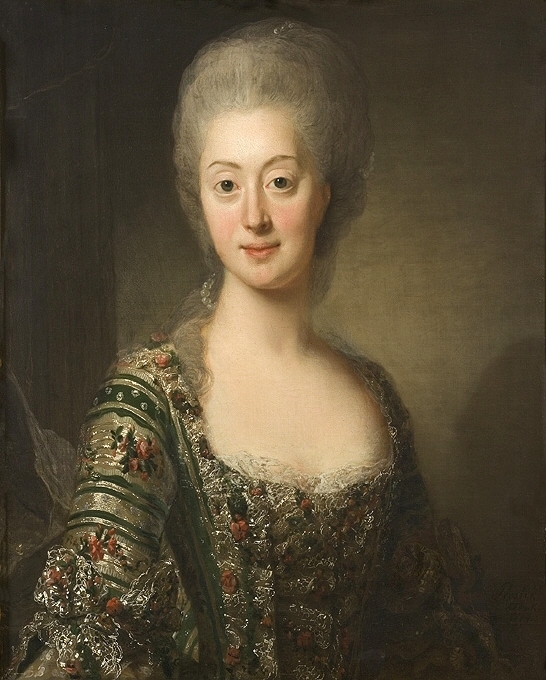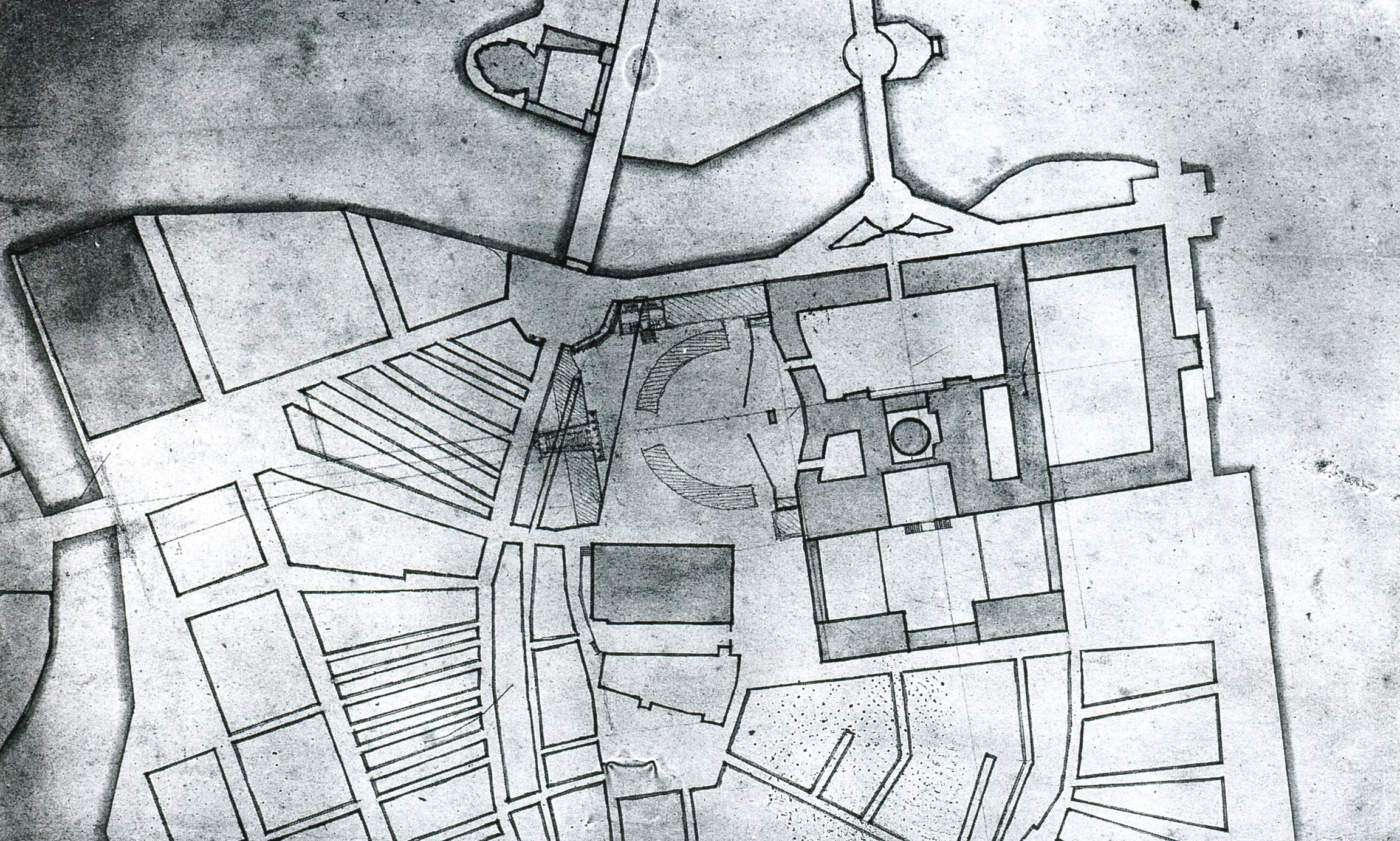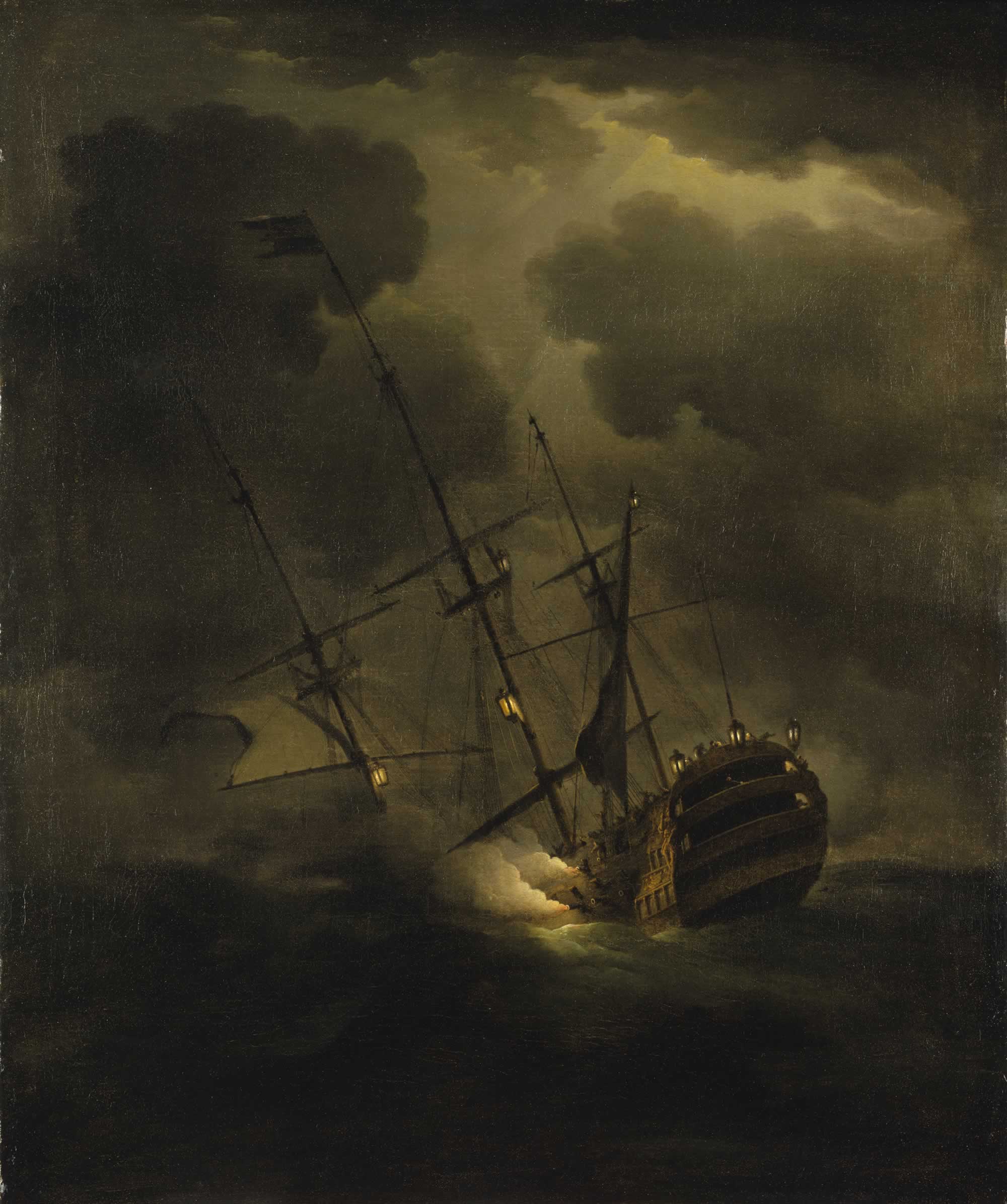|
Carl Adolph Grevesmühl
Carl Adolph Grevesmühl (1744–1827) was a Swedish businessman from Stockholm. His furniture business made him a very rich man. He was commissioned by King Gustav III of Sweden Gustav III (29 March 1792), also called ''Gustavus III'', was King of Sweden from 1771 until his assassination in 1792. He was the eldest son of King Adolf Frederick and Queen Louisa Ulrika of Sweden. Gustav was a vocal opponent of what he s ... to furnish Stockholm Castle. Grevesmühl owned the Zinkensdamm estate between 1790 and 1811, and in 1810, he bought Herresta. Literature *Arne Munthe: Västra Södermalm intill mitten av 1800-talet (1959) 18th-century Swedish businesspeople 19th-century Swedish businesspeople 1744 births 1827 deaths Businesspeople from Stockholm {{Sweden-business-bio-stub ... [...More Info...] [...Related Items...] OR: [Wikipedia] [Google] [Baidu] |
Gustav III Of Sweden
Gustav III (29 March 1792), also called ''Gustavus III'', was King of Sweden from 1771 until his assassination in 1792. He was the eldest son of King Adolf Frederick and Queen Louisa Ulrika of Sweden. Gustav was a vocal opponent of what he saw as the abuse of political privileges seized by the nobility since the death of King Charles XII in the Great Northern War. Seizing power from the government in a coup d'état, called the Swedish Revolution, in 1772, that ended the Age of Liberty, he initiated a campaign to restore a measure of royal autocracy. This was completed by the Union and Security Act of 1789, which swept away most of the powers exercised by the Swedish Riksdag of the estates during the Age of Liberty, but at the same time it opened up the government for all citizens, thereby breaking the privileges of the nobility. A believer in enlightened absolutism, Gustav spent considerable public funds on cultural ventures, which were controversial among his critics, as ... [...More Info...] [...Related Items...] OR: [Wikipedia] [Google] [Baidu] |
Stockholm Castle
Stockholm Palace, or the Royal Palace, ( or ) is the official residence and major Crown palaces in Sweden, royal palace of the Monarchy of Sweden, Swedish monarch (King Carl XVI Gustaf of Sweden, Carl XVI Gustaf and Queen Silvia of Sweden, Queen Silvia use Drottningholm Palace as their usual residence). Stockholm Palace is in Stadsholmen, in Gamla stan in the capital city, capital, Stockholm. It neighbours the Parliament House, Stockholm, Riksdag building. The offices of the King, the other members of the Swedish royal family, and the Royal Court of Sweden are here. The palace is used for representative purposes by the King whilst performing his duties as the head of state. This royal residence has been in the same location by Norrström in the northern part of Gamla stan in Stockholm since the middle of the 13th century when Tre Kronor (castle), Tre Kronor Castle was built. In modern times the name relates to the building called ''Kungliga Slottet''. The palace was designed by N ... [...More Info...] [...Related Items...] OR: [Wikipedia] [Google] [Baidu] |
Zinkensdamm
Zinkensdamm is an area and a former manor in Södermalm in the Stockholm City Centre just east of Hornstull. The area was named after Frantz Zinck, who lived on the property for five years in the 1600s, though he never formally owned it. The Zinkensdamm manor was demolished in 1934. The name is today used for Zinkensdamm metro station, the sports ground Zinkensdamms IP, and Zinkens Growers' Association, which owns some 30 gardening allotments. The small statistical geographical area () Zinkensdamm had 2165 residents in 2005. History Wealthy customs manager Wilhelm Böös Drakenhielm, who was active in the mid 17th century, placed his wealth in agricultural real estate. He bought a large property in this area in 1668. The area was mountainous and not suitable to be built upon, and Drakenhielm probably bought the land to have some carp ponds, which was considered "a must" for a wealthy person of that time. After Drakenhielm's finances deteriorated, royal councillor Claes Fle ... [...More Info...] [...Related Items...] OR: [Wikipedia] [Google] [Baidu] |
Herresta
Herresta is a large estate in Södermanland County in Sweden, located outside Mariefred. It has been in the possession of the Paus family since 1923. The manor lies beautifully adjacent to Herrestaviken, which was previously connected to Mälaren. Previous owners include Admiral Baron Jonas Fredrik Örnfelt. He built the main house in stone in 1718, using Russian prisoners of war. Count Johan Georg Lillienberg, who was Governor of Uppsala and President of the Appellate Court, among other offices, extended the manor substantially. In 1810, Herresta was sold to wealthy Stockholm businessman Carl Adolph Grevesmühl. His descendants sold the manor to the Norwegian count Christopher de Paus in 1923. Himself childless, he bequeathed the estate to a distant relative, Herman Paus, who was married to a granddaughter of Count Leo Tolstoy, the Russian novelist. The manor is currently owned by their descendants. As of 1907, the estate included ''Herresta säteri'' and additionally 13 agri ... [...More Info...] [...Related Items...] OR: [Wikipedia] [Google] [Baidu] |
18th-century Swedish Businesspeople
The 18th century lasted from 1 January 1701 (represented by the Roman numerals MDCCI) to 31 December 1800 (MDCCC). During the 18th century, elements of Enlightenment thinking culminated in the Atlantic Revolutions. Revolutions began to challenge the legitimacy of monarchical and aristocratic power structures. The Industrial Revolution began mid-century, leading to radical changes in human society and the environment. The European colonization of the Americas and other parts of the world intensified and associated mass migrations of people grew in size as part of the Age of Sail. During the century, slave trading expanded across the shores of the Atlantic Ocean, while declining in Russia and China. Western historians have occasionally defined the 18th century otherwise for the purposes of their work. For example, the "short" 18th century may be defined as 1715–1789, denoting the period of time between the death of Louis XIV of France and the start of the French Revoluti ... [...More Info...] [...Related Items...] OR: [Wikipedia] [Google] [Baidu] |
19th-century Swedish Businesspeople
The 19th century began on 1 January 1801 (represented by the Roman numerals MDCCCI), and ended on 31 December 1900 (MCM). It was the 9th century of the 2nd millennium. It was characterized by vast social upheaval. Slavery was abolished in much of Europe and the Americas. The First Industrial Revolution, though it began in the late 18th century, expanded beyond its British homeland for the first time during the 19th century, particularly remaking the economies and societies of the Low Countries, France, the Rhineland, Northern Italy, and the Northeastern United States. A few decades later, the Second Industrial Revolution led to ever more massive urbanization and much higher levels of productivity, profit, and prosperity, a pattern that continued into the 20th century. The Catholic Church, in response to the growing influence and power of modernism, secularism and materialism, formed the First Vatican Council in the late 19th century to deal with such problems and confirm ce ... [...More Info...] [...Related Items...] OR: [Wikipedia] [Google] [Baidu] |
1744 Births
Events January–March * January 6 – The Royal Navy ship ''Bacchus'' engages the Spanish Navy privateer ''Begona'', and sinks it; 90 of the 120 Spanish sailors die, but 30 of the crew are rescued. * January 24 – The Dagohoy rebellion in the Philippines begins, with the killing of Father Giuseppe Lamberti. * February 22–February 23, 23 – Battle of Toulon (1744), Battle of Toulon: The British fleet is defeated by a joint Franco-Spanish fleet. * February 27 – Violent storms frustrate a Planned French invasion of Britain (1744), planned French invasion of Britain. * March 1 (approximately) – The Great Comet of 1744, one of the brightest ever seen, reaches perihelion. * March 13 – The British ship ''Betty'' capsizes and sinks off of the Gold Coast (modern-day Ghana) near Anomabu. More than 200 people on board die, although there are a few survivors. * March 15 – France declares war on Great Britain. April–June * ... [...More Info...] [...Related Items...] OR: [Wikipedia] [Google] [Baidu] |
1827 Deaths
Events January–March * January 5 – The first regatta in Australia is held, taking place in Tasmania (called at the time ''Van Diemen's Land''), on the River Derwent (Tasmania), River Derwent at Hobart. * January 15 – Furman University, founded in 1826, begins its first classes with 10 students, as the Furman Academy and Theological Institution, located in Edgefield, South Carolina. By the end of 2016, it will have 2,800 students at its main campus in Greenville, South Carolina. * January 27 – Author Johann Wolfgang von Goethe first elaborates on his vision of ''Weltliteratur'' (world literature), in a letter to Johann Peter Eckermann, declaring his belief that "poetry is the universal possession of mankind", and that "the epoch of world literature is at hand, and each must work to hasten its coming." * January 30 – The first public theatre in Norway, the Christiania Offentlige Theater, is inaugurated in Christiania (modern-day Oslo). * January – In History of ... [...More Info...] [...Related Items...] OR: [Wikipedia] [Google] [Baidu] |




